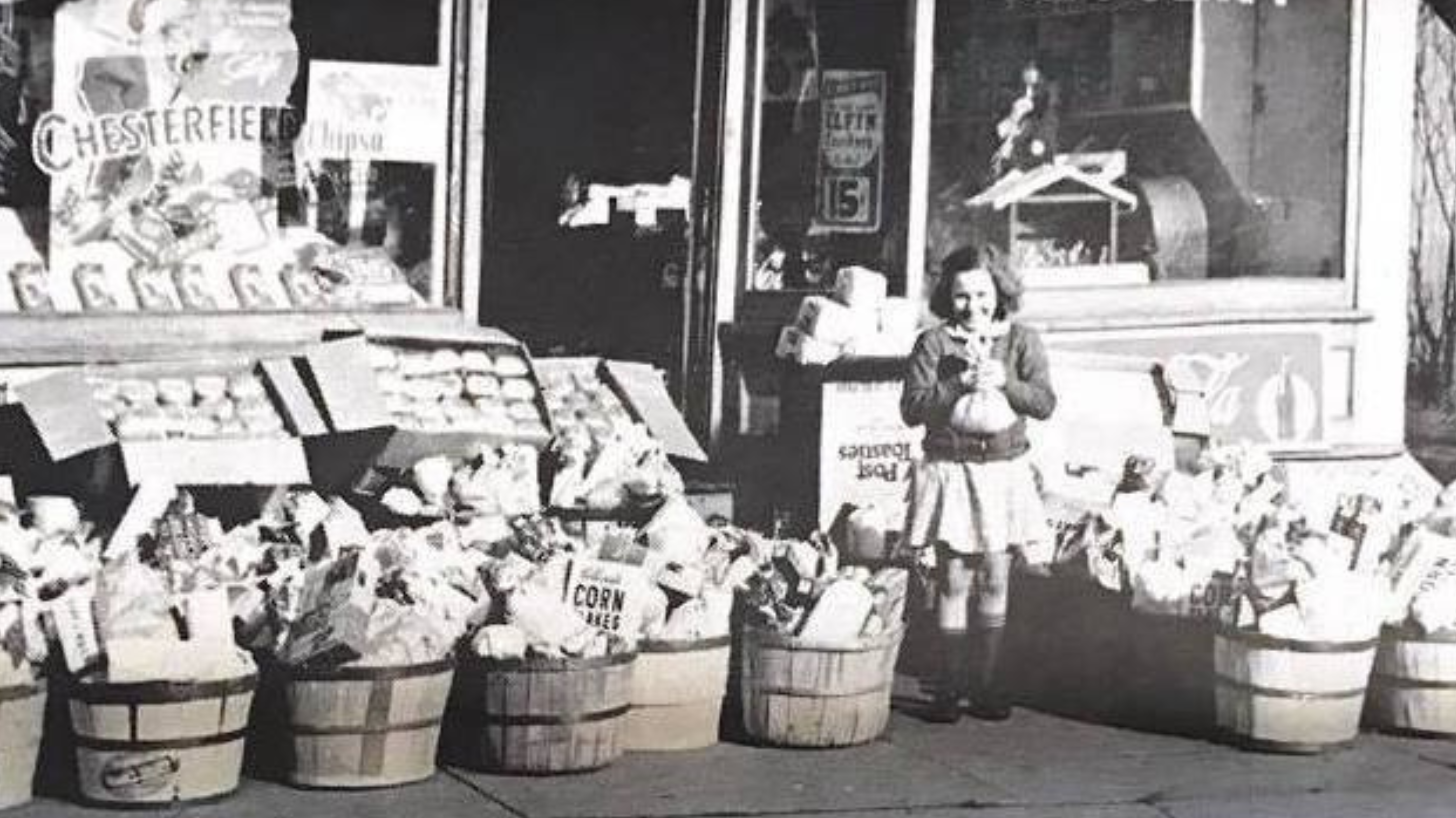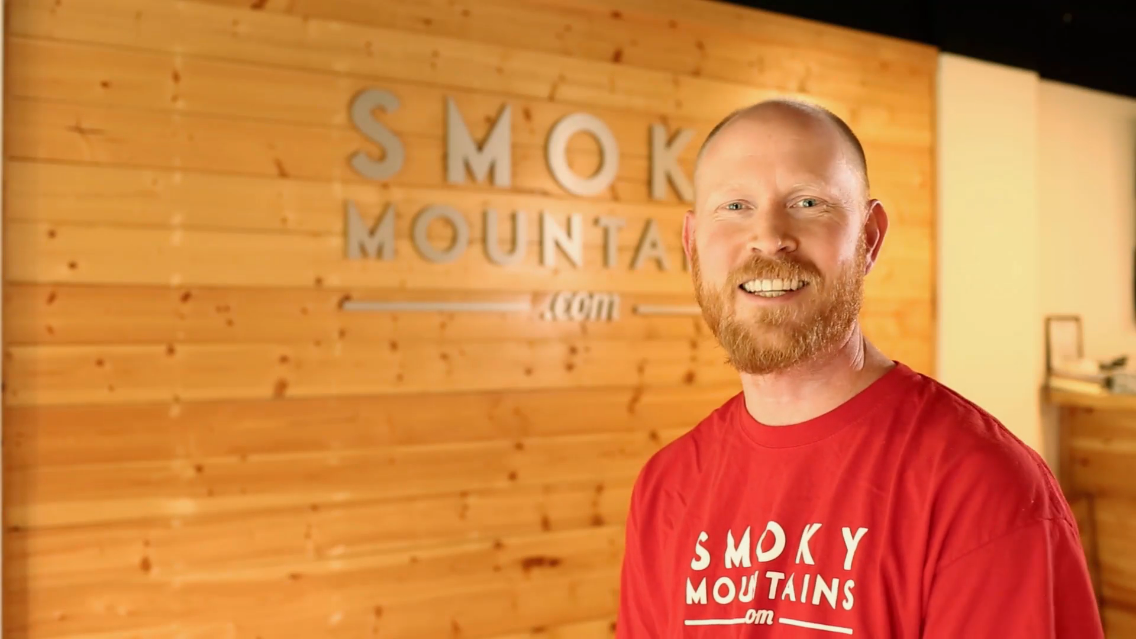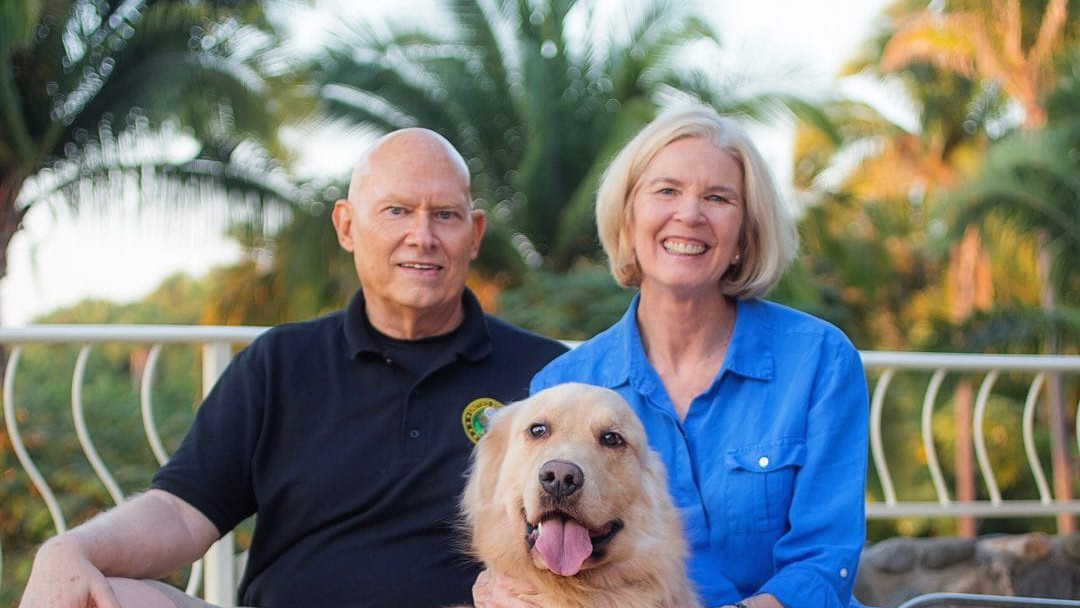This post is written by vacation rental thought-leader Megan McCrea, owner of Nashville Vacation Homes and The Hospitality Creator. Megan is also the President of the Nashville Short Term Rental Association (NASTRA).
The short term rental industry has exploded over the past decade. This post examines the deep shifts in real estate, technology, and labor that have forged a new definition of "mixed-use" and opens the discussion with insight into the direction it’s heading next.
Part 1. The Death of Retail Commercial Real Estate
It all started a few years ago when I was in NYC for a business trip. We had just purchased our new home so I took an extra day to visit an area of the city that used to be lined with home store after home store.
At the time, I was working for a large media company in corporate America and leading a division that helped traditional media companies (think newspaper and television companies) integrate digital media into their advertising teams.
By then, I had seen first hand the impacts that “going digital” can have on businesses. However, I had never thought of the implications that could mean for real estate.
Until then. Somehow seeing the visual of what used to be a retail mecca now lined with “for lease” sign after “for lease” sign on vacant storefronts, it finally hit me. I remember thinking to myself: what is going to happen to all of this retail space as more shopping happens online and less happens in-store?
The headlines in years since have only caused this question to fester. According to a recent article in Moneywise, “Walgreens, Dressbarn, Pier 1, Gap and other chains have already announced 7,500 store closings in 2019 -- way more than we saw during all of 2018.”
Reinvented Spaces
Vacancies have led to reduced commercial rent, which has led to reinvented use of commercial spaces. One way these spaces are being reinvented is by tapping into the sharing economy.
Allwork.Space reported on the increase in co-working spaces that “Between 2014 and end of 2018, the number of flexible workspace locations expanded by +205% while the number of operators expanded by +138%.”
Another new trend is converting large vacant spaces (or developing unused land for multi-family spaces) for the sole purpose of short-term rentals. The death of traditional retail has created new ways to meet today’s consumer demands.
The Consumer Shift to Digital
This new economy has also changed the way people interact with one another – consumer habits have changed dramatically.
I think of my own habits and how they have migrated online. I rarely leave my house to grocery shop because I do it through an app. During the week, I do not even leave to eat out because dinner from my favorite restaurants can be delivered to my door. Many days, I do not even leave to go to work in the traditional sense because I can do a fair amount of what I need to on my laptop, iPad or phone.
I did not grow up doing all of those things. This shift really has only happened in the last few years for me. However, many people just slightly younger than me (and those much younger than me) may never know the reality of grocery shopping or reporting into a physical office.
Knocking on your neighbors’ door for sugar is a foreign concept to many. This is just one of many factors for a reduced appeal of home-ownership among millennials.
Part 2. Decreasing Trends in Home Ownership
Millennials are bucking tradition in many ways. They change jobs often. They are getting married and having children later. Home ownership among millennials is lower than their predecessors. What do all of those things have in common? Commitment, responsibility and cost.
While student loan debt and housing affordability (cost) are often labeled as the driving force behind low home ownership among millennials, their lack of desire for responsibility and commitment play an equally important factor.
A recent TODAY article cited “desire for autonomy, spontaneity, freedom and the ability to travel” as some of the top reasons as to why millenials are not having children. Yet millennials somehow find “$6,282” to be able to spend on travel within the next year according to Winspire.
Fueled by Remote Work
Millennials are not the only ones changing the landscape of residential real estate, so is the rise of remote work. CNBC recently shared that 70% of people globally work remotely at least once per week and Small Biz Trends predicts that within 10 years more than 40% of workers will be remote.
Going back to my earlier point, some millennials may be part of the last generation experiencing a traditional neighborhood setup. If you have ever seen the movie The Truman Show with Jim Carrey, you can picture everyone leaving to take the kids to school and head to work around the same time each day. They all wave and say hello and do the same later that day when everyone return home. I actually remember days like that from my own childhood.
Today, however I could go weeks without seeing my neighbors because they work from home too and we all come and go at odd hours throughout the day. In true millennial fashion I also do not have children to take to school. Like I said, I rarely even leave to go to the grocery store. How does one get to recognize and meet their neighbors if they rarely need to leave the house?
The New ‘Mixed-Use’
For many remote workers, this translates to our homes no longer just being a place to live, they are also places that we work, too. Living where you work is not a new concept.
My great grandmother had a building in the 1930’s that she ran a grocery store from and then lived on top. If that was the definition of mixed used in the 1930’s, working at one’s dining room table is the mixed use of today. Megan's Great Aunt, Elaine VanderHagen in front of her great grandmother's grocery store
Megan's Great Aunt, Elaine VanderHagen in front of her great grandmother's grocery store
Consumer home-buying and remote work patterns are affecting residential real estate in the same way that consumer behaviors are affecting commercial real estate. And in both scenarios, the hard lines between residential versus commercial real estate uses are blurring.This blurring of how we live, work and shop presents challenges to our cities and communities. And the environment has also contributed to why short-term rentals have become so popular in recent years too.Part 3. The Rise of Short-Term Rentals
Short-term rentals are growing exponentially. People are re-purposing unused real estate such as vacation homes, portions of their own homes, and even newly-purchased property for the sole purpose of short term renting it.
What some new-to-the-scene folks do not realize is that short-term rentals date back to the 1950’s in U.S. and even earlier in Europe (side note: check out this great infographic on the history of vacation rentals by Rentals United).
Vrbo (formerly Vacation Rentals by Owners) was founded in 1995 as a place for hosts to list their vacation rentals for potential guests. Back then, while they may have found the home on VRBO, most communication was done via phone, fax or even snail mail.
Then in 2008, Airbnb came along. What originally started as “Air Bed and Breakfast” because the founders began renting out air mattresses in their apartment, now boasts “6+ million unique places to stay in 100,000+ cities and 191 countries and regions” according to their site.
Airbnb managed to bring a “cool factor” to the traditional vacation rental model. Though not the first game in town and definitely not the only, it has become the verb many use in and outside of the industry (i.e. “I have an Airbnb”).
Accidental Investors vs. Accidental Hosts
This “cool factor” and rise in short term rentals has attracted two distinct groups of stakeholders:
- Those with a desire to host
- Those looking to invest for income
I personally started in the “desire to host” camp. As a by-product, it has also provided a steady income stream for my family. I call my group Accidental Investors. This group is focused on guest experience, providing unexpected amenities and making sure the space is uniquely designed to stand out. While many of us Accidental Investors are smart about making sure those things also result in increased occupancy or revenue, those are not the main reasons we do them, they just help us justify them.
Most Accidental Investors scoff at those who enter the industry solely to make money.Traditional investors, on the other hand, look at vacation rentals as first and foremost a financial decision. They analyze all aspects of the deal, make sure the property will be income producing and then consider if further expenses can be justified for things like guest experience, amenities and design. I call this group Accidental Hosts.
Many Accidental Hosts look at Accidental Investors like we are crazy for doing what we do to make guests happy because they feel renting your home should be purely a business transaction.Adding to the two newbie groups above, you also have The Pioneers: the predecessors who have been renting traditional vacation rentals since before it was the cool thing to do – you know, before Vrbo and well before Airbnb. This group is now trying to adjust to the newfound popularity of the industry which can be both good and bad: while new ways to market their homes has increased, so has competition. Some are on board and adapting with the times while others are rolling their eyes at both newbie groups and longing for the good ole’ days before Airbnb came along and ruined it all.
These three profiles are not mutually exclusive: there are people who identify with all three groups. Take me, for example. When I started, I identified as a host only. However, over time, I am finding myself feeling more and more connected to the other 2 groups as well and understanding their mindset. Much like the residential and commercial real estate lines are blurring, our lines are blurring too.
Regardless of our reasons, one thing about all these groups rings true: together, we have created a marketplace of homes that are available to consumers for rent on a short-term basis.
It's More Than Just Living
I have heard opponents of short-term rentals say that “investor-owned short-term rental homes” are pushing residents out of neighborhoods. The problem with that argument is that investors do not create or drive the marketplace (not to mention in many areas the % of short-term rentals represent barely a fraction of total housing). Remember: Millennials are buying homes less and remotely working more. These consumers are what drive the market.
This is the Unlocked Podcast interview with Megan, where she discusses how the ability to adapt to the market is key to long-term success, especially in a fast-changing landscape.
Consumers want a place they can sometimes live, sometimes work in and maybe even sometimes rent out while they travel. Since consumers have this new need, traditional investors and accidental investors (i.e. hosts) are stuck with challenge of unused space and they are adjusting to meet the new needs of consumers -- not the other way around.
One aspect of remote work I have not yet mentioned is that those workers can often utilize short-term rentals to do their work remotely. Depending on your role, you could work from a home in another country or even from a beach house as long as you have good WIFI and cell service in most cases. Having worked remotely myself for nearly ½ of my prior career, I have been that person. Now that I am a host, I have hosted those people. Not only is this a reason for people to need a place to stay, it is a reason for them to rent out their own space on a short-term basis while they are away.
This is just one of the many “non-vacation” reasons that people travel. Are people still coming for vacation? Absolutely. However, they’re also coming for work, for medical treatments, for sabbatical, for temporary housing until they settle into a new city, for musical inspiration (yeah, I have had that one, too), you name it. Sometimes they are even coming for a combination of things. Remember how I started this blog? I was in NYC for a work trip and extended my stay to shop. Point in case. In the end, people are just coming to stay.
This is probably why the verb “Airbnb” has caught on among travelers as much as it has home-owners. It has become the catch all because phrase for their stay because their stay is also a catch-all stay.Part 4. The Importance of Adapting
Since consumers are more versatile in their living and travel styles, it is time the vacation rental industry becomes more versatile as well. This means that instead of fighting change, we must learn to adapt and innovate to accommodate it. This applies to the traditional vacation rental industry and the real estate industry. We all have things we can contribute to the space:
- More experienced hosts offer historical knowledge
- Newbies offer out of the box tactics (and fresh eyes)
- Investors offer financial savvy
One of the first things we must come together on is the very real threat we are all facing: regulation. Cities are banning or severely restricting short-term rentals, arguing it is commercial activity. Here we go again with those blurred lines. Do these homes make money? Most of the time, yes. Could we not say the same for long-term rentals, though?
As a short-term rental owner, I conduct the same activities a long-term rental owner does. I advertise, I pay for maintenance, I rent the home, I earn income. The main difference is the duration of stay. Nowhere in the definition of residential does it specify an amount time.
Megan leading a Nashville Short Term Rental Alliance (NASTRA) meeting
If renting a home to earn income is suddenly deemed commercial activity that opens a can of worms and threatens every income-producing property owner (long or short-term rental).This is not something that we can let pass by. Everyone needs to stand up, take notice and get involved. Shameless plug for an organization I support: if you are looking for ways to get involved, reach out to Rent Responsibly.
Audio
Part 5. Parting thoughts
Multiple factors are at play and our world has and will continue to change. Let’s talk about what is next. There are several things happening concurrently that are impacting the traditional vacation rental industry and blurring the lines between commercial and residential real estate:
- Digital behaviors are driving consumer patterns.
- The move to digital is creating vacancies in traditional retail spaces causing commercial investors to reinvent the use.
- The upcoming generation (millennials) that would normally be purchasing homes like generations before them are not.
- The rise in remote workers has blurred the lines of what your home is used for– it’s not just living anymore.
- Short-term rentals are becoming more popular for both travelers and owners.
- Hosts are becoming accidental investors and investors are being accidental hosts.
I wish I had a crystal ball and could tell you what the outcome of this will be. The truth is, no one knows. What I can tell you with certainty is this: we are living in a new version of a mixed- use world and it is ever-changing.
There are multiple contributing factors I have outlined and maybe even more that I did not touch. My hope is that this blog opens doors, starts the conversation and spurs ideas for anyone reading it. Have you observed these same trends or seen other trends that perhaps I overlooked?
Please use the comments section below, I would love to hear from you!
Share this
You May Also Like
These Related Stories

The 4-Step Incoming Guest Nurture Sequence

Can #BookDirect Evolve Into A Sustainable Movement?
